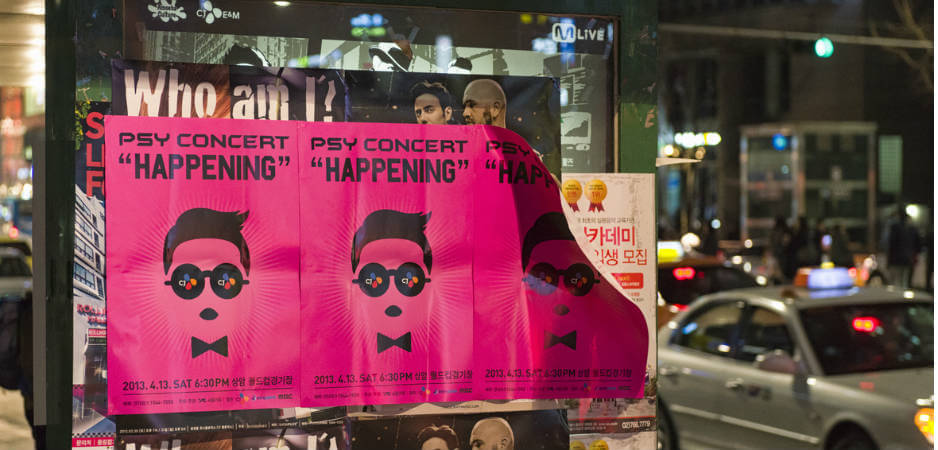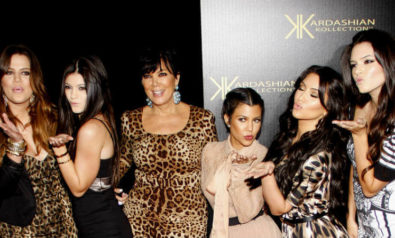The Korean Wave phenomenon has been offering an alternative to Western cultural imperialism across Southeast Asia.
International communication research in the 20th century was dominated by the so-called “cultural imperialism” school, which argued that Western (usually American) cultural industries controlled the global culture, subjugating the weaker, smaller ones.
Toward the end of the last century, however, this idea of one-way flow from the West to the rest was no longer relevant due to the increasing contraflow in global culture. Cultural phenomena such as Latin America’s telenovelas, India’s Bollywood, Hong Kong cinema and Japanimation have exemplified this point.
Kim Chic
Since the late 1990s, an increasing amount of Korean popular cultural content — including television dramas, movies, pop songs and their associated celebrities — has gained immense popularity in China, Taiwan, Hong Kong and other East and Southeast Asian countries. News media have recognized the rise of Korean popular culture in Asia by dubbing it the Korean Wave (Hallyu in Korean). In March 2002 the Associated Press told us to “Call it ‘kim chic.’”
“All things Korean — from food and music to eyebrow-shaping and shoe styles — are the rage across Asia, where pop culture has long been dominated by Tokyo and Hollywood,” Dean Vasser writes in The Washington Post. According to Hollywood Reporter, “Korea has transformed itself from an embattled cinematic backwater into the hottest film market in Asia.” Korean Wave is clearly a sign of resilience of the smaller cultures.
In fact, it was not that the emergence of Korean Wave was totally welcomed by commentators across Asia. Rather, it was surrounded by surprise and embarrassment and was predicted that it would soon die out because South Korea was not considered a country to export fancy pop cultures until the early 2000s.
Therefore, the Korean Wave was possible thanks to such factors as cultural proximity and similar physiognomy found between Korean and Asian peoples (including Chinese, Japanese and Vietnamese). In this regard, some even predicted that Korean pop culture would not be popular in Muslim communities because of religious differences. However, Korean pop culture gradually set foot into an every corner of geographical regions in Southeast Asia.
The geographical mode of Korean pop culture’s distribution in Southeast Asia has gradually given way to online and social media. In Southeast Asian societies, where censorship is tightly imposed, young people consider social media and other online platforms as havens of freedom to exchange their views and thoughts.
Sharing Culture
Foreignness and difference found in Korean dramas and K-pop have functioned as part of the viewing pleasure among audiences in Southeast Asia. While scenes of family values are commonly presented in Asian dramas, characterizations of family relations differ respectively. While they look similar in appearances, characters’ behavioral practices in different Asian dramas are dissimilar. Korean cultural products have opened up complex cultural processes and practices, making people aware of their sociocultural conditions and their hidden potential, and raising reflexivity in them.
For instance, Japanese TV dramas no longer feature romantic relationships between young couples, focusing mostly on professional relations. In this situation, many Japanese middle-aged women enjoy Korean dramas, rekindling nostalgia of their younger days. While lacking a certain level of reality, the characterization of gender relations in Korean media becomes a resource for audiences in rural Southeast Asia to imagine gender equality.
To the viewers and consumers in Southeast Asian countries, economically-developed Korean society becomes a model for their future. In the early 1970s, for example, Myanmar was richer than South Korea. But as Korea rapidly developed its economy in such a short period of time, it became a model of economic development for many Southeast Asian countries.
The lack of shared culture is an important concern for policymakers in multicultural societies across Southeast Asia. Amid tensions concerning racial profiling and religious discord within society, creating a sense of social identity and belonging is a supreme task in Singapore and Malaysia, for example. Interestingly, Korean stars are often featured in national day celebrations in these countries because Korean pop culture is considered to be enjoyed across ethnic and cultural lines.
Cultural representations in Korean dramas, however, are sometimes at odds with dominant sociocultural narratives in Southeast Asia. For example, the Film Censorship Board of Malaysia often criticizes scenes from Korean productions as sources for increasing cases of cross-dressing and transgender-related issues.
The local producers were initially appalled by an enormous influx of Korean content to the point of their outcry of Korean cultural imperialism. In Taiwan, the Korean boy band Super Junior’s song “Bonamana” topped the Taiwanese music charts for 55 weeks in the period of 2010-11 — more than a full year — breaking all previous records in the country. In 2005, a Korean TV drama, Jewel in the Palace, became the highest-rated drama series in Hong Kong TV history.
In 2001, the Union of Taiwanese Actors called for a ban of foreign TV shows, largely targeting ones from Korea. But, gradually, the popularity of Korean dramas has engendered the creation of new dramas across the region with not only local stars, but with storylines from Korean TV. Also, you often find scenes appropriated from Korean dramas and films but with storylines based on local experiences.
K-pop music is also reproduced so that many boy bands and girl groups have sprouted in Southeast Asia, stylizing after K-pop dance routines and copying other K-pop production regimes. These cases indicate a sign of an emergence of a new pop culture genre in the region.
In fact, imitating or learning from Hollywood was not all about the success formula of Korean cinema industry. Korean films successfully connected with audiences’ real-life experiences such as nostalgia for the 1970s or North and South Korean reunification issues.
As such, the new genre of pop culture in Southeast Asia is expected to function as a cultural resource that expresses people’s experiences and emotions. History teaches us that cultures flow across borders, encountering others and producing new symbolic forms. Considering all these factors, the Korean Wave looks like it will stay in Southeast Asia for some time to come, giving rise to new practices of cultural and performative expression.
The views expressed in this article are the author’s own and do not necessarily reflect Fair Observer’s editorial policy.
Photo Credit: George Clerk
Support Fair Observer
We rely on your support for our independence, diversity and quality.
For more than 10 years, Fair Observer has been free, fair and independent. No billionaire owns us, no advertisers control us. We are a reader-supported nonprofit. Unlike many other publications, we keep our content free for readers regardless of where they live or whether they can afford to pay. We have no paywalls and no ads.
In the post-truth era of fake news, echo chambers and filter bubbles, we publish a plurality of perspectives from around the world. Anyone can publish with us, but everyone goes through a rigorous editorial process. So, you get fact-checked, well-reasoned content instead of noise.
We publish 2,500+ voices from 90+ countries. We also conduct education and training programs
on subjects ranging from digital media and journalism to writing and critical thinking. This
doesn’t come cheap. Servers, editors, trainers and web developers cost
money.
Please consider supporting us on a regular basis as a recurring donor or a
sustaining member.
Will you support FO’s journalism?
We rely on your support for our independence, diversity and quality.













